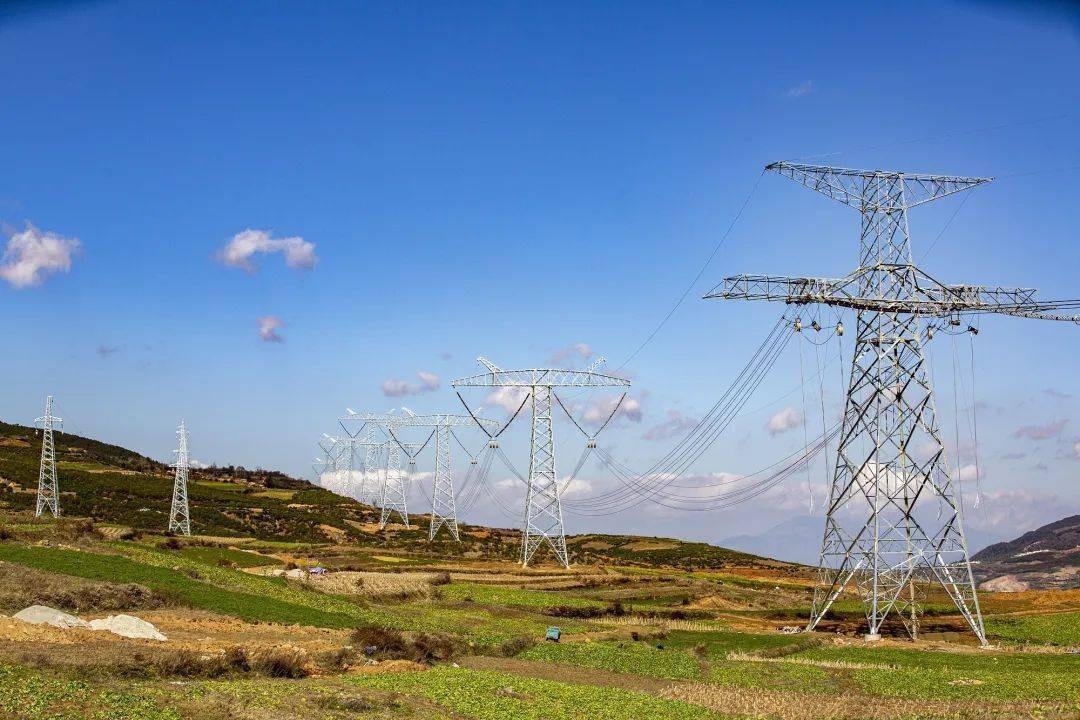
Recently, according to AP News, Powell, the chairperson of the US Federal Reserve, hinted at the recent economic policy meeting that the US economic growth is facing significant signs of slowdown. The initial signs of fatigue in the job market have emerged, enterprises' willingness to recruit has declined, and wage growth has slowed down, indicating that the post-pandemic recovery cycle has entered the tail end. This statement has sparked market expectations that the Federal Reserve may start the interest rate cut process earlier to prevent the economy from sliding further into the contraction zone. However, the signals released by this policy shift in the short term are more about responding to macroeconomic structural imbalances rather than restoring growth momentum, reflecting that the structural contradictions accumulated within the US economy have become difficult to resolve through traditional monetary tools.
From a macro perspective, the contradiction between the slowdown of the US economy and the cyclical adjustment of monetary policy has become increasingly prominent. Over the past two years, the Federal Reserve has curbed inflation by raising interest rates, which has led to a long-term tightening of the credit environment and dampened the confidence of enterprises in investment and consumption. Although the inflation rate has dropped from its peak to around 3%, core service prices and housing rents remain high, indicating that the foundation for price stability is not solid. Policy makers' balance between fighting inflation and maintaining growth has gradually shifted towards preventing the actual economic contraction caused by excessive tightening. This passive policy adjustment has exposed the predicament of the Federal Reserve in cycle management: the lag effect of interest rate tools has led to macro-control being unable to precisely match the rhythm of economic fluctuations.
The job market is a concentrated manifestation of the current economic pressure. Data shows that the slowdown in the growth of new jobs is mainly concentrated in the manufacturing, retail and technology service sectors. The proportion of temporary and part-time positions has risen, indicating that enterprises are reducing their long-term cost burden through flexible employment. Although the slowdown in wage growth has alleviated inflationary pressure to some extent, it has also weakened the support for household consumption. As a result, the domestic demand circulation that the US economy has long relied on has weakened. Consumer loan interest rates remain high, and the default rates of credit cards and auto loans have risen, indicating that the debt pressure on the household sector has become an important factor suppressing consumption. The repair process of the balance sheet of the household sector is slow, and the real estate market remains sluggish in a high-interest-rate environment. The decline in housing transaction volume has further weakened the economic contribution of the related industrial chain.
The capital market responded in advance to this. Long-term Treasury bond yields have declined under the impetus of expectations of interest rate cuts, while the stock market has rebounded in the short term. However, this more reflects the improvement in liquidity expectations rather than profit expectations. The profitability of American enterprises is being squeezed by multiple factors such as rising costs, weakening demand and export pressure, especially in the manufacturing and small and medium-sized enterprise sectors, where profit margins continue to narrow. Some enterprises have begun to cut capital expenditures and suspend expansion plans, which will weaken future production capacity and job creation, exerting a reverse drag on the overall economy. The potential credit risks accumulated by the financial system during the period of high interest rates may also gradually be exposed during the period of monetary policy shift.
From the perspective of international capital flows, if the Federal Reserve cuts interest rates earlier, the US dollar may experience a temporary weakening, and capital will flow to high-yield emerging markets. However, this expansion of liquidity is not stable. Once inflationary pressure rebounds or policy expectations reverse, funds will quickly flow back to the United States, causing market volatility. The policy linkage between the United States and Europe may increase the volatility of the global capital market, enhance the uncertainty of exchange rates and asset prices, and thereby affect the stability of trade, investment and debt.
Overall, the contradiction between the slowdown of the US economy and the policy adjustments of the Federal Reserve is exposing long-term structural problems. The strategy of dealing with weak growth through monetary means may relieve the pressure in the short term, but it is difficult to change the reality of declining labor productivity, expanding fiscal deficits and weak corporate investment. The sluggishness of the European economy has further weakened the support of external demand. The mutual drag between the US and European economies is becoming a major constraint on the global economic recovery. If there is a lack of deep-seated industrial and fiscal structural adjustment, simple monetary easing may continue the fragile growth model and accumulate greater financial and debt risks in the next cycle.

报告显示,中国电力投资加速增长,预计2024年电网基建投资将超过5300亿元。
近日,市场迎来了一则引人注目的消息:工业巨头3M公司(MMM.N)在本周五公布了其季度业绩报告,随后股价飙升至近两年来的
最近,外媒给OpenAI算了笔账,今年可能要血亏50亿美元。
近日,巴黎奥运会和世界铁人三项协会联合发布了一项重大决定,宣布因塞纳河水质污染问题,原定于近期进行的奥运会铁人三项首次下
当地时间7月18日,法国巴黎发生了一起令人震惊的持刀袭警事件。
近期,一则重大消息在国际舞台上引起轩然大波,马来西亚宣布加入金砖国家。
调查发现,互联网和智能手机的使用干扰了韩国近五分之一学生的生活。